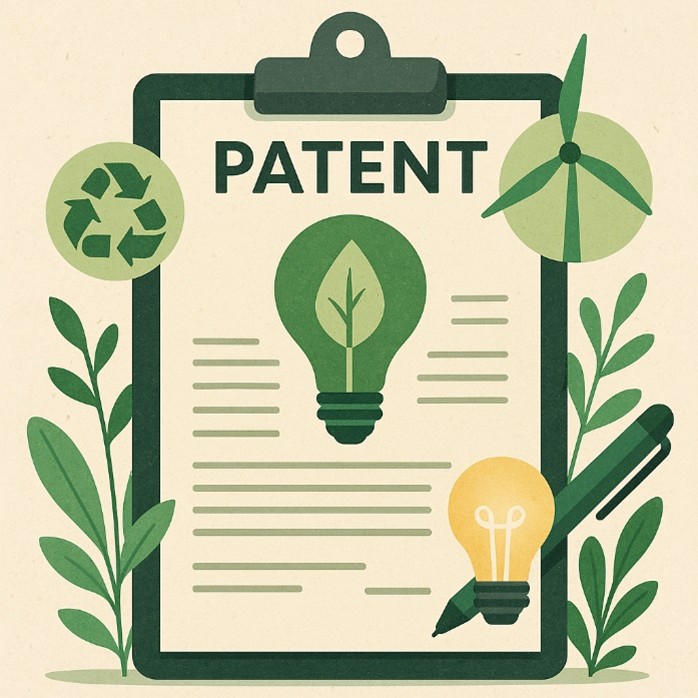
Patents in Green Tech : accelerators or obstacles of the ecological transition ?
Patents in Green Tech : accelerators or obstacles of the ecological transition ?
As the world searches actively for sustainable solutions to slow down climate change, one key player often remains overlooked in the debate: the patent. At the heart of innovation, it plays a double-edged role in the development process of green technologies. Should we be wary of it, or should we instead praise it?
The patent, a Key Driver of Green Innovation
In the world of so-called “clean” or “green” technologies (solar energy, wind power, batteries, sustainable materials, green hydrogen, carbon capture/storage, etc.), innovation is a race against time, and the patent is, for sure, a very important tool in that race.
By protecting companies, patents secure major investments and deter competition. This legal shield has indeed allowed Green Tech companies like Siemens Energy (offshore wind, green hydrogen, CO₂ capture), Bloom Energy (solid oxide fuel cells) or Vestas (wind turbines) to develop pionner and disruptive green technologies and profit from them under a closed intellectual property model.
The patent, a Barrier to Green Tech Diffusion?
The other side of the coin… The monopoly granted by a patent can indeed also hinder the diffusion of the green technologies it covers.
Blocking access to the innovation (activation of monopoly), charging for licenses or the mere fear of a legal dispute can make patented green tech less accessible, especially for developing countries or smaller players.
An example? Some key manufacturing processes for solar cells and electrolyzers (used to produce hydrogen) are locked down by patents held by large corporations, who then control the terms of access to these essential technologies, thereby slowing down their global adoption.
Towards Open Source in Green Tech
Fortunately, inspiring initiatives are emerging to break down barriers.
As an example, the WIPO GREEN international platform, launched by the World Intellectual Property Organization (WIPO), aims to encourage the voluntary sharing of green technologies -whether patented or not. Through this platform, some companies involved in green transition offer their technologies with free or partially open access, prioritizing collaboration over pure market competition.
But, some had already paved the way. For example, in 2014, Tesla declared “All Our Patent Are Belong to You” and opened up its several electric vehicle patents to encourage a massive adoption of the concerned technolgies towards sustainable transport. Today, a growing number of engaged startups are similarly embracing open source patent models, convinced that cooperation—not exclusion—is key in green transition.
Patenting for the Planet… Rethought
Of course, this is absolutely not a call to abandon patents—far from it! They are and will remain one of the main engines of innovation. But, in the context of climate change, there’s probably a need to stretch a bit their traditional limits.
The challenge of patents is clear: balancing innovation and profitability of companies with the urgent need for widespread adoption of climate-friendly solutions.
Several paths could be explored like low-cost compulsory licensing for developing countries, reduced-duration patents for green technologies or public buyouts of strategic patents, which would then be released for the public good.
Let’s then travel towards a patent system that not only fuels and rewards innovation but also accelerates the global adoption of green technologies ! 🔋🌱
